2017.03.25 Week 13 Day 1
Saturday was spent shopping preparing a dinner for a fellow student. In order to come to the school, she sold her business and home. When she is done with the Angel Academy of Art, she is exploring moving to Mexico (she is from California.) I will give her my personal thoughts—but I am sure she will have a lot of considerations. Otherwise a lazy, post first term day—including tidying up and laundry.
 Recently I posted, on my FaceBook page, this picture of a still life by Davide Barbini (one of my teachers at the Angel Academy of Art.) One person wrote in reply to the posting asking why paint the image when a photograph would be just as good. It is a natural question when one first glances at a beautiful still life. As many of you know, these works of art take a long time through a very rigorous process. Still life painting as a long and rich history—that I will not repeat here. I would like to say why this painting resonates with me and provide my reply to “Mr Crabby (his self ascribed moniker)” about why a painting instead of a photograph:
Recently I posted, on my FaceBook page, this picture of a still life by Davide Barbini (one of my teachers at the Angel Academy of Art.) One person wrote in reply to the posting asking why paint the image when a photograph would be just as good. It is a natural question when one first glances at a beautiful still life. As many of you know, these works of art take a long time through a very rigorous process. Still life painting as a long and rich history—that I will not repeat here. I would like to say why this painting resonates with me and provide my reply to “Mr Crabby (his self ascribed moniker)” about why a painting instead of a photograph:
2017.03.26 Week 13 Day 2
 Sunday’s 10,000 step (5.2 miles) walk took me eastward to the first bridge within the city limits of Florence over the Arno. On both sides of the river there are linear parks. The major sites included:
Sunday’s 10,000 step (5.2 miles) walk took me eastward to the first bridge within the city limits of Florence over the Arno. On both sides of the river there are linear parks. The major sites included:
Ponte San Niccolò
This bridge was first built in 1837; was damaged in the flood of 1844 and rebuilt in 1853. The retreating Germans destroyed in in 1944. It was rebuilt in the 1950’s in reinforced concrete.
The linear parks created after World War II under the guidance of City Councillor Peiro Bargellini: Alberta Park, the Gardens of Lungano Cristoforo Colombo, the Gardens of Lunganro Tempio (with a nice cafe and riverside seating.)
2017.03.27 Week 13 Day 3
 Monday I worked on the “flat values” for the shadow shapes of my Bargue 3: Jupiter. I found that I could slide the plywood under the window frame and balance it on the radiator. Perfect daylight to work from—much better than the fluorescent lighting in the studio. I also discovered several minor errors and a few major ones. So the first hours were spent correcting the big shapes—since it these are wrong the it will not matter how accurate the minor shapes are. The crown is tough and will take, I am afraid, a long time. The interesting thing: I selected one of the hardest Bargue’s knowingly. I could have selected an easier one. But that is not in my nature.
Monday I worked on the “flat values” for the shadow shapes of my Bargue 3: Jupiter. I found that I could slide the plywood under the window frame and balance it on the radiator. Perfect daylight to work from—much better than the fluorescent lighting in the studio. I also discovered several minor errors and a few major ones. So the first hours were spent correcting the big shapes—since it these are wrong the it will not matter how accurate the minor shapes are. The crown is tough and will take, I am afraid, a long time. The interesting thing: I selected one of the hardest Bargue’s knowingly. I could have selected an easier one. But that is not in my nature.
2017.03.28 Week 13 Day 4-7
My best friend and the father of my godson arrived last night. We will spend Tuesday – Thursday enjoying Florence and then, on Friday we will head to the UK.
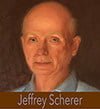
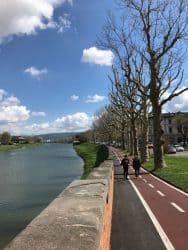
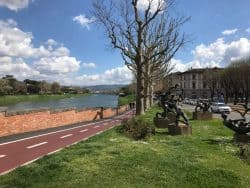
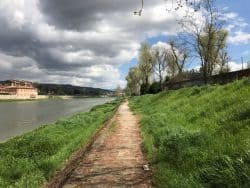
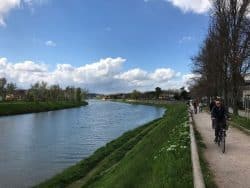
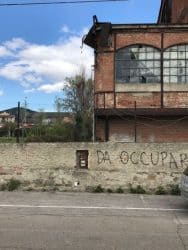
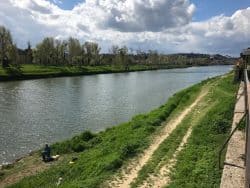
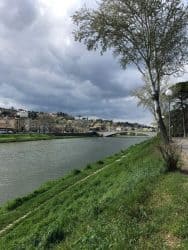
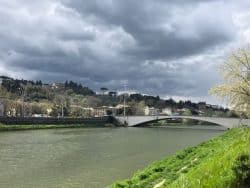
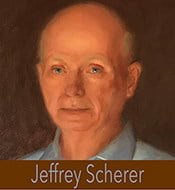
Recent Comments